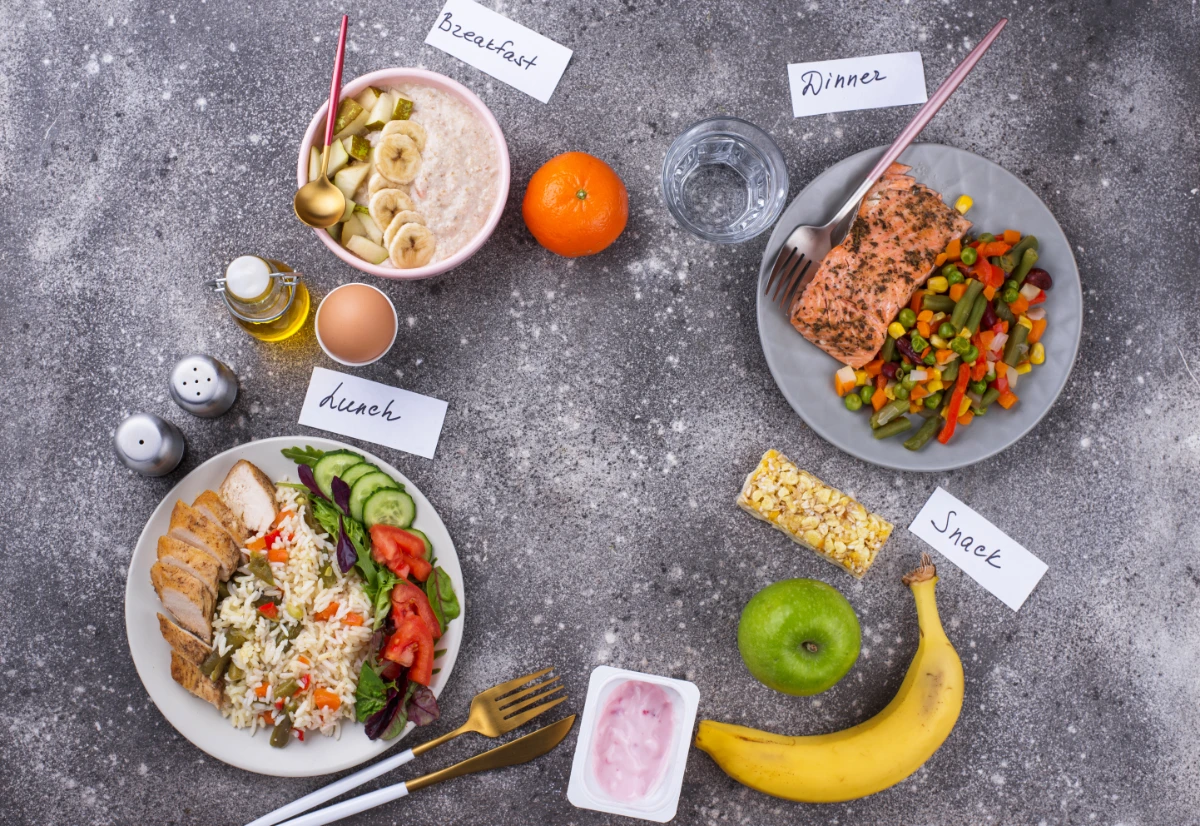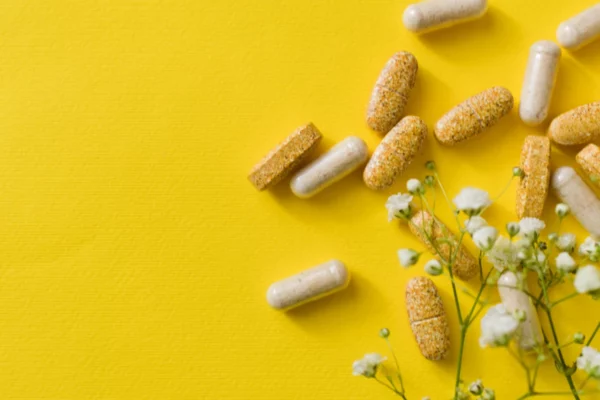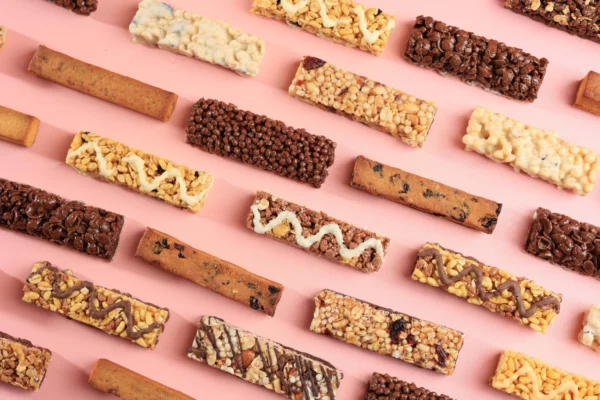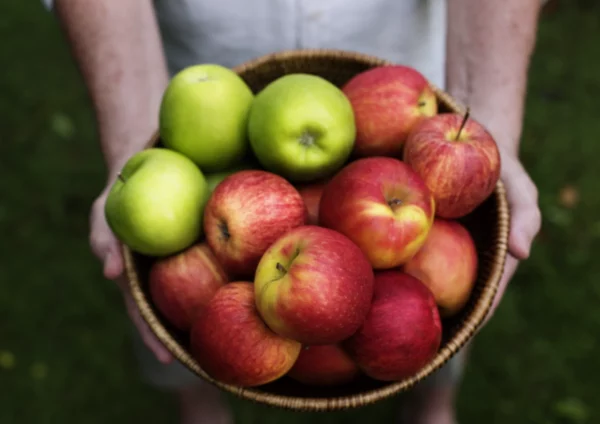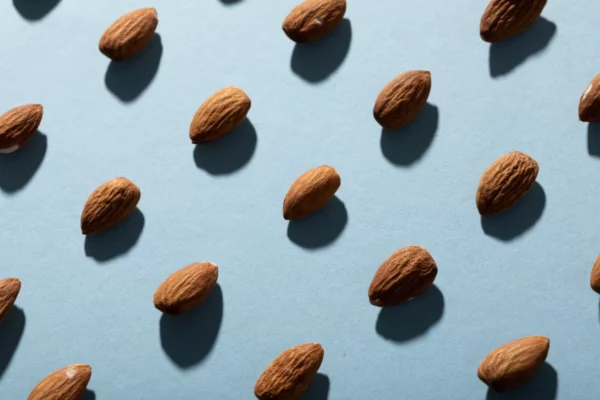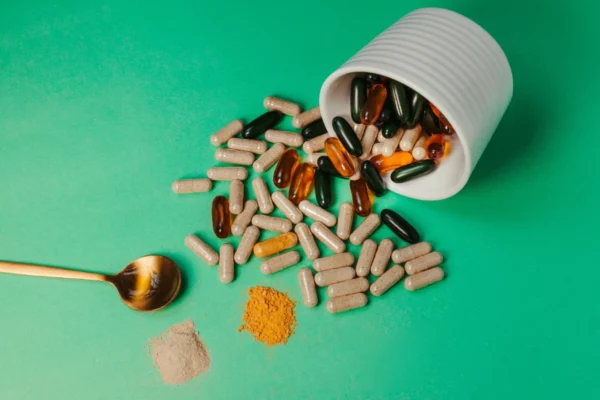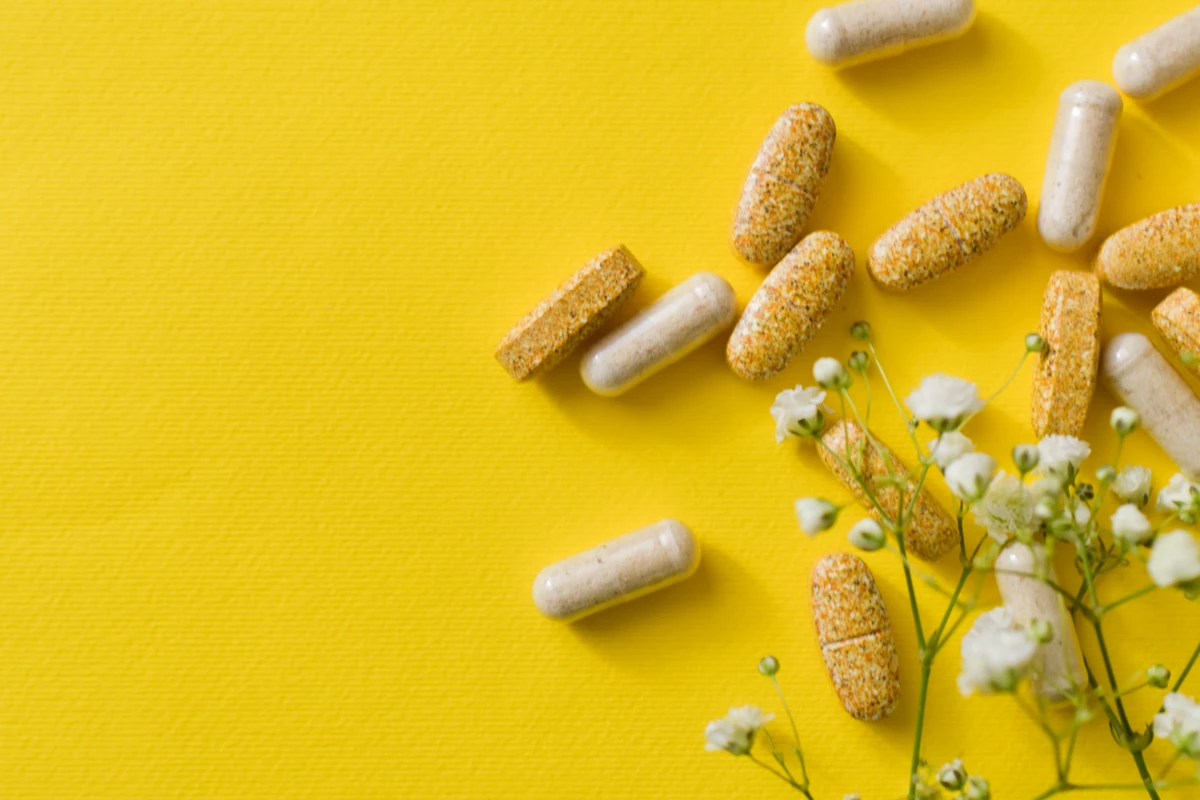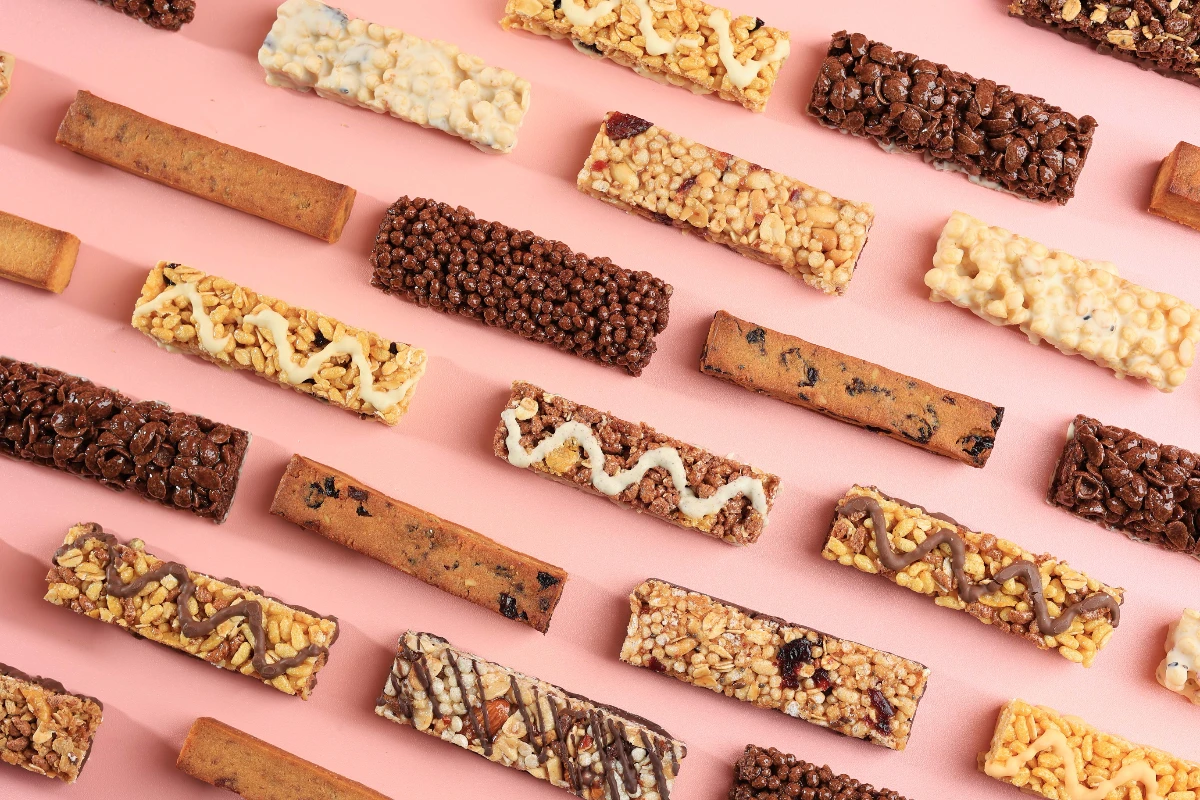A fiber-fueled diet focuses on incorporating high-fiber foods to improve digestion, regulate blood sugar, and promote long-term health. Whether your goal is weight loss, gut health, or managing chronic conditions, fiber is essential. This guide will show you how to build a fiber-rich diet, highlight the best sources of fiber, and provide practical meal ideas.
Key Takeaways
Daily Fiber Goal: 25 grams for women, 38 grams for men (or 14 grams per 1,000 calories) Sources of Fiber: Fruits, vegetables, whole grains, legumes, nuts, and seeds Types of Fiber: Soluble and insoluble fiber Health Benefits: Supports digestion, regulates blood sugar, lowers cholesterol Common Mistake: Increasing fiber intake too quickly without enough water Best Cooking Methods: Minimal processing like steaming and roasting to retain fiber
What is a Fiber-Fueled Diet?
A fiber-fueled diet emphasizes whole, plant-based foods that are naturally rich in fiber. The diet focuses on eating a mix of soluble fiber (which helps regulate blood sugar and cholesterol) and insoluble fiber (which promotes regular bowel movements). This approach ensures balanced energy levels and better digestive health by diversifying fiber sources across different meals.
The goal is to gradually increase fiber intake while maintaining adequate water consumption to prevent bloating or digestive discomfort.
How Much Fiber Should You Eat Daily?
The American Heart Association and other health organizations recommend the following daily fiber intake:
- Women: 25 grams
- Men: 38 grams
- Children: 14-31 grams, depending on age
Alternatively, aim for 14 grams of fiber for every 1,000 calories consumed.
Top Fiber-Rich Foods to Include
1. Fruits (2-4 servings per day)
Fruits provide both soluble and insoluble fiber along with vitamins and antioxidants.
- Apples (with skin): 4 grams per medium apple
- Raspberries: 8 grams per cup
- Pears: 6 grams per medium pear
2. Vegetables (3-5 servings per day)
Vegetables are great sources of insoluble fiber, promoting regular digestion.
- Broccoli: 5 grams per cup (cooked)
- Carrots: 3.5 grams per cup (raw)
- Sweet potatoes (with skin): 6 grams per medium potato
3. Whole Grains (5-7 servings per day)
Whole grains provide complex carbohydrates along with both fiber types.
- Oats: 4 grams per ½ cup (dry)
- Quinoa: 5 grams per cup (cooked)
- Brown rice: 3.5 grams per cup (cooked)
4. Legumes and Beans (3-4 servings per week)
Legumes are rich in soluble fiber and plant-based protein.
- Lentils: 15 grams per cup (cooked)
- Chickpeas: 12 grams per cup (cooked)
- Black beans: 15 grams per cup (cooked)
Learn more about how to remove lectins from lentils here.
5. Nuts and Seeds (1-2 servings per day)
Nuts and seeds contain healthy fats along with fiber.
- Chia seeds: 10 grams per 2 tablespoons
- Almonds: 4 grams per ¼ cup
- Flaxseeds: 8 grams per 2 tablespoons
Health Benefits of a Fiber-Fueled Diet
- Improves Digestion: Insoluble fiber adds bulk to stool and prevents constipation.
- Supports Gut Health: Soluble fiber serves as prebiotics, feeding beneficial gut bacteria.
- Lowers Cholesterol: Soluble fiber binds to cholesterol, helping the body excrete it.
- Regulates Blood Sugar: Fiber slows the absorption of sugar, preventing spikes.
- Aids in Weight Management: Fiber promotes fullness, helping control appetite.
Research from the National Institutes of Health shows that people who eat high-fiber diets have a reduced risk of heart disease, diabetes, and obesity.
Steps to Build a Fiber-Fueled Diet
1. Increase Fiber Slowly and Stay Hydrated
Adding too much fiber too quickly can cause gas and bloating. Increase your fiber intake gradually while drinking 8-10 glasses of water daily to keep digestion smooth.
2. Mix Soluble and Insoluble Fiber
Include both types of fiber for maximum health benefits. Soluble fiber is found in oats, beans, and fruits, while insoluble fiber is abundant in whole grains and vegetables.
3. Include Fiber at Every Meal
Try to incorporate high-fiber foods into each meal. For example:
- Breakfast: Oatmeal topped with berries and chia seeds
- Lunch: Quinoa salad with roasted vegetables and chickpeas
- Snack: An apple with almond butter
- Dinner: Lentil soup with whole-grain bread
4. Avoid Processed Foods
Highly processed foods often lack fiber. Stick with whole grains like steel-cut oats, brown rice, and whole-wheat bread for maximum fiber content.
5. Use Smoothies and Salads for Easy Fiber Boosts
Smoothies and salads allow you to combine multiple fiber sources. For example:
- Smoothie: Blend spinach, banana, chia seeds, and almond milk
- Salad: Mix kale, avocado, quinoa, and pumpkin seeds
Common Mistakes to Avoid
- Skipping Water: Fiber absorbs water, so not drinking enough can lead to constipation.
- Adding Too Much Fiber Too Quickly: Rapid increases can cause bloating and discomfort.
- Relying on Only One Type of Fiber: A variety of fiber sources ensures balanced health benefits.
Sample One-Day High-Fiber Meal Plan
Breakfast: Oatmeal with blueberries and chia seeds – 12 grams Lunch: Quinoa salad with beans and avocado – 18 grams Snack: Apple with almond butter – 6 grams Dinner: Lentil soup with whole-grain bread – 20 grams Total: 56 grams of fiber
Dietary Considerations and Allergens
- Vegan and Vegetarian Friendly: A fiber-fueled diet naturally aligns with plant-based eating.
- Gluten-Free: Opt for gluten-free grains like oats, quinoa, and brown rice.
- Low-FODMAP: Some high-fiber foods, like beans, may trigger symptoms for people with IBS.
- Whole 30/SCD Friendly: Focus on whole vegetables and fruits while avoiding grains and legumes.
Easy High-Fiber Recipes
- Chia Seed Pudding: Combine chia seeds with almond milk and top with berries.
- Lentil Soup: A hearty soup packed with protein and fiber.
- Quinoa Bowl: Toss quinoa with chickpeas, roasted vegetables, and tahini dressing.
- Overnight Oats: Prepare oats with chia seeds and fruit for a quick breakfast.
Storage Tips for High-Fiber Foods
- Fruits and Vegetables: Store in the fridge to maintain freshness.
- Whole Grains: Keep in airtight containers to prevent moisture.
- Nuts and Seeds: Store in the fridge or freezer to prevent oils from going rancid.
- Legumes: Store dried beans and lentils in a cool, dark pantry.
Frequently Asked Questions
1. What is the difference between soluble and insoluble fiber?
Soluble fiber dissolves in water and helps regulate blood sugar and cholesterol. Insoluble fiber adds bulk to stool and promotes regularity.
2. Can I consume too much fiber?
Yes, too much fiber can cause gas, bloating, and constipation, especially without enough water.
3. Is a fiber-fueled diet good for weight loss?
Yes, fiber promotes fullness, helping you control appetite and reduce calorie intake.
4. How long does it take to see benefits?
Digestive improvements may be noticeable within a few days, while cholesterol and weight changes may take weeks or months.
5. Can people with IBS follow this diet?
Yes, but it’s important to choose low-FODMAP fiber sources to avoid triggering symptoms.
6. Do cooked vegetables lose fiber?
No, cooking softens fiber but does not reduce its content.
7. Is this diet suitable for children?
Yes, but children should consume age-appropriate amounts of fiber.
8. What happens if I don’t eat enough fiber?
Lack of fiber can cause constipation, blood sugar spikes, and increased risk of chronic diseases.
9. Are fiber supplements effective?
Whole foods are better, but supplements can help if you’re not meeting your daily goals.
10. Can fiber interfere with nutrient absorption?
Large amounts of fiber can reduce mineral absorption, but this is rarely a concern with a balanced diet.
Conclusion
Building a fiber-fueled diet is all about incorporating a wide range of whole, plant-based foods. Focus on gradually increasing your fiber intake while maintaining hydration, and include both soluble and insoluble fibers for optimal health. This approach will improve digestion, manage blood sugar, and support heart health over time.
